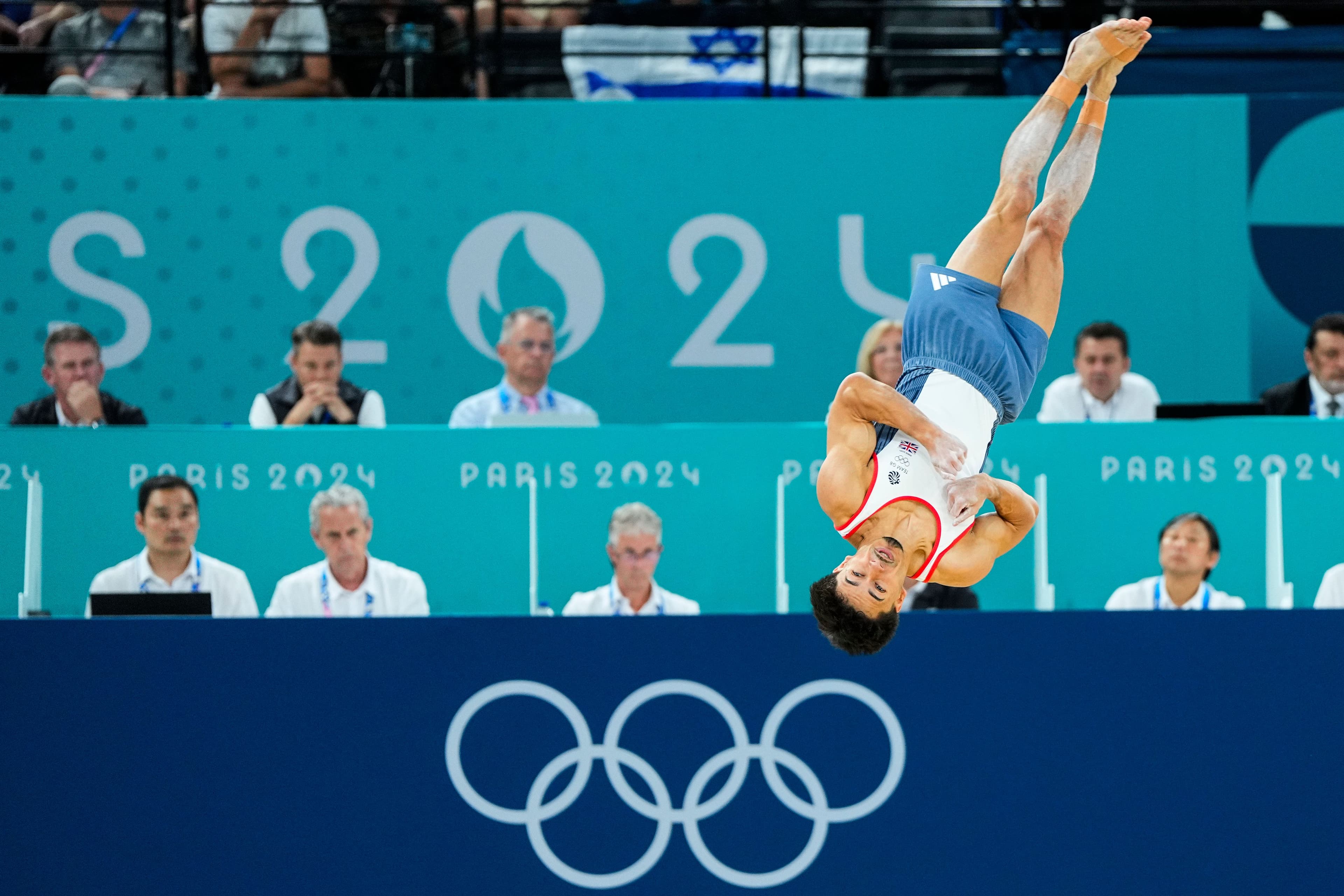As the cycling world gears up for the upcoming season, we delve into the financial landscape of professional teams, shedding light on salaries, budgets, and team sizes. Our unique access to comprehensive data reveals intriguing trends, showcasing the financial dynamics within the sport.
Average Rider Earnings in the World Tour
In 2024, the average annual salary for a World Tour cyclist reached a historic high of 449,000 euros, marking a significant 20% increase from the 2021 figure of 373,000 euros. While this upward trend is notable, it represents a more modest 3% rise compared to the previous year. It's worth noting that these averages can be influenced by a few high-earning individuals, and a closer look at the median salary provides a clearer picture. The median wage stands at 220,000 euros, indicating that half of the World Tour peloton earns less than this amount annually.
World Tour Budget Growth
The collective budget of all 18 World Tour teams reached 499 million euros in 2024, reflecting a 5% increase from the previous year. However, when compared to major European football clubs, the financial scale of cycling teams appears smaller. Notably, nine football clubs boast budgets surpassing the entire World Tour budget, with even Tottenham Hotspur exceeding cycling's collective financial scope with its annual budget of 523 million euros.
Team Budgets and Composition
The average annual budget for a World Tour team is approximately 28 million euros, though this figure is influenced by a select few high-budget teams. Examining the median budget, a more representative indicator, reveals a lower value of 25 million euros. Over the past three years, both the average and median team budgets have experienced considerable growth. The increase is attributed to certain top teams significantly boosting their budgets, impacting the overall average.
Shifting Peloton Dynamics
In 2024, the World Tour peloton saw a decline for the first time in four years, with the number of riders dropping to 499. This reduction is partly attributed to the downsizing from 19 to 18 teams at the end of 2021. Interestingly, despite having 18 teams, 41 potential spots in the World Tour remain unfilled. Teams are opting for smaller rosters, citing budgetary considerations and new regulations allowing them to field riders from development teams in certain races.
Budget Allocation: Wages Dominate
A substantial 72% of the total team budget is allocated to staff and rider salaries in 2024. The remaining funds are distributed among competition-related expenses such as hotels (13%), fleet and fuel (4%), general expenses (7%), and miscellaneous costs (4%). The number of staff members across all World Tour teams has increased to an average of 55 members per team.
Sponsorship Dependency
Sponsorship remains the primary revenue source for World Tour teams, constituting 95% of their income. Of this, 87% comes from cash sponsors, while 8% is derived from companies providing products. The overwhelming reliance on sponsors is a longstanding challenge in cycling's business model, leaving teams vulnerable to fluctuations in sponsorship support.
Disparities in Cycling Tiers
The financial gap between World Tour and ProContinental teams is evident across various metrics. While the median wage for a World Tour rider is 220,000 euros, ProContinental cyclists earn significantly less, with half of them making less than 50,000 euros annually. The average budget for ProContinental teams is 8.4 million euros, less than a third of the average World Tour team budget. The entourage size also highlights the disparity, with an average of 55 staff members in World Tour teams compared to 25 in ProContinental teams.
In summary, the financial landscape of professional cycling reveals intriguing patterns, emphasizing the sport's dependence on sponsorships and the existing disparities among teams in terms of budgets and rider earnings.
Sources: Het Nieuwsblad






